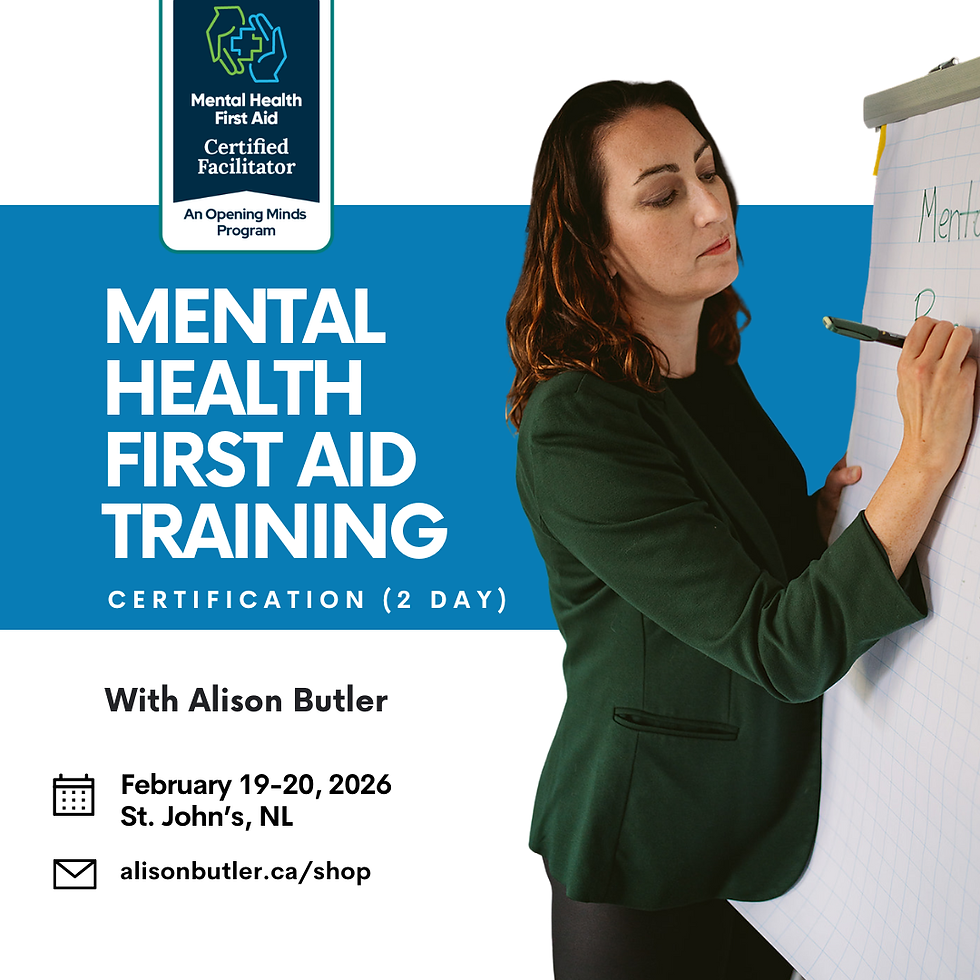7 Types of Rest You Need (Part 1)
- Alison Butler

- Jan 24, 2023
- 3 min read
Updated: Oct 31, 2025
Our world is filled with sensory over-stimulation and this can lead to fatigue and overwhelm for our nervous system.
If you are feeling tired, drained, overwhelmed, stressed like so many of the professionals that I work with, I'm willing to bet that you are lacking in one of the 7 types of rest.
7 Types of Rest
Throughout the next few blog posts we'll be exploring the 7 types of rest. Some may be more familiar to you than others.
The 7 types of rest include:
Physical rest
Mental rest
Sensory rest
Creative rest
Emotional rest
Social rest
Spiritual rest

Sensory Rest
I've chosen to start with sensory rest because so many people that work with me struggle in this area. We live in a world that is always on.
Most of us spend our days in front of our computer screens and then hours a day on other screens (phones, tv etc). Have you ever set up your weekly screen time analysis on your phone? It's scary.
We can easily experience sensory fatigue if we don't create specific time to rest our senses. Practising short periods of sensory rest can be really helpful (like closing your eyes for a few minutes)

Ways to practice sensory rest
Keep in mind that different people thrive in different types of sensory environments, so knowing yourself and what works best for you is always important.
1. Noise Cancelling Headphones or Music
If you work in an environment with a lot of background noise and you find it bothersome, try using noise cancelling headphones.
If you focus better with some type of white noise, try playing music in your headphones instead so your brain can focus.
2. Time Away From Screens
This can be much harder than it sounds. I recommend putting your phone away in another room, or a drawer for 30 minutes a day if you struggle to disconnect. You can work up to longer amounts of time from there! You can find more in my post 3 tips for reducing technology distractions.
3. Dim the lights
Try a lamp (or two) in your office if you find overhead lighting to be sensory overload. Taking a break and closing your eyes for a few minutes can also be helpful. Try this when sitting in your car (in park of course!) for a moment before or after transitioning to your next thing.
I also encourage you to find time to get outside in nature or find a quiet place to sit (both at work and at home) for when you need to take a few minutes for yourself.
More places are now offering quiet rooms or "phone free" zones for people looking for a quiet break.
Stay tuned as we explore more types of rest and how we can create space for different types of rest in our lives.
Want to feel truly rested?
Hi, I'm Alison and welcome to the blog.
If you’re constantly “on” and running on low, Resilient is my free weekly email inbox break you didn’t know you needed.
Resilient helps you reclaim your time, set better boundaries, and live with more ease (without guilt). One email. Deep exhale.
Each week, I’ll send you boundary reminders, mindset shifts, and small ways to take your time back.
Be sure to connect with me on IG @alisonbutlernl or on LinkedIn.





Comments